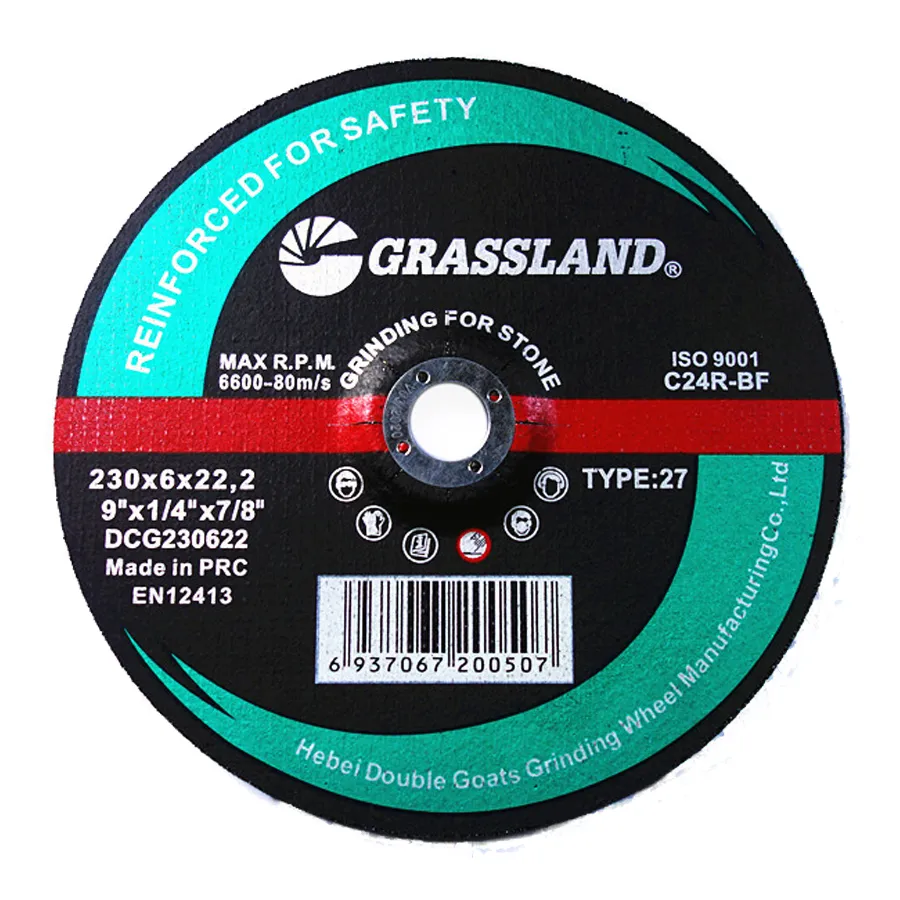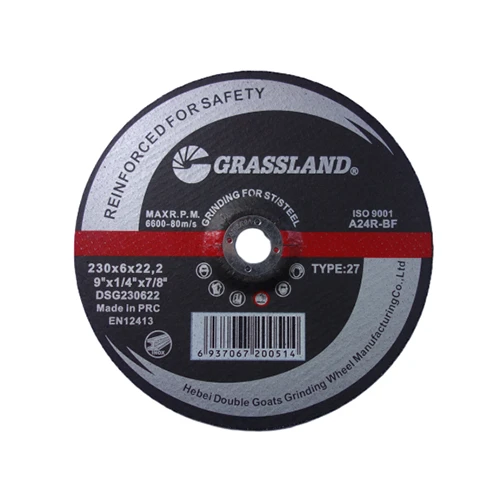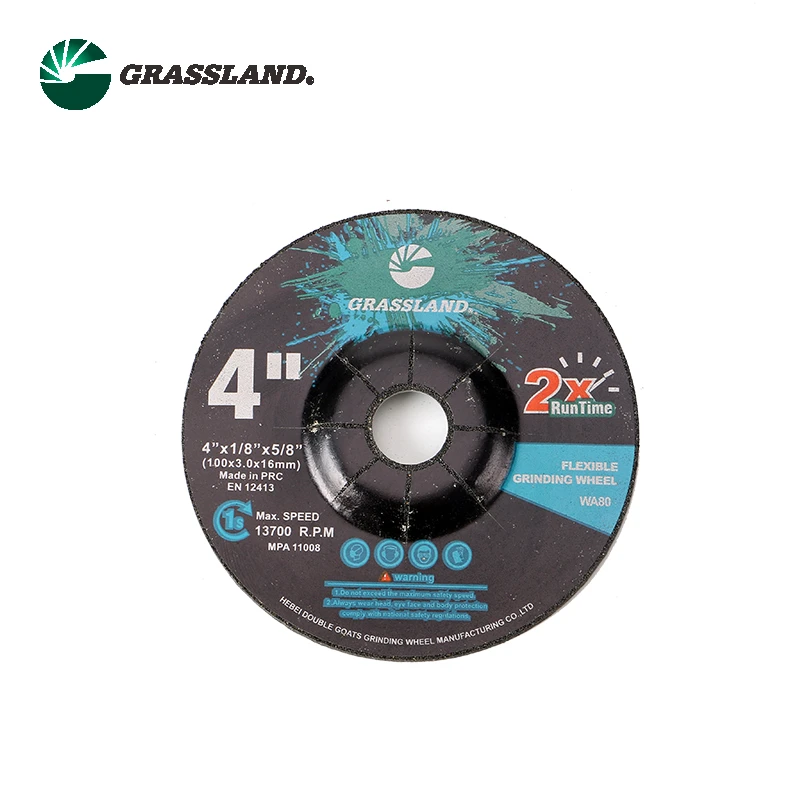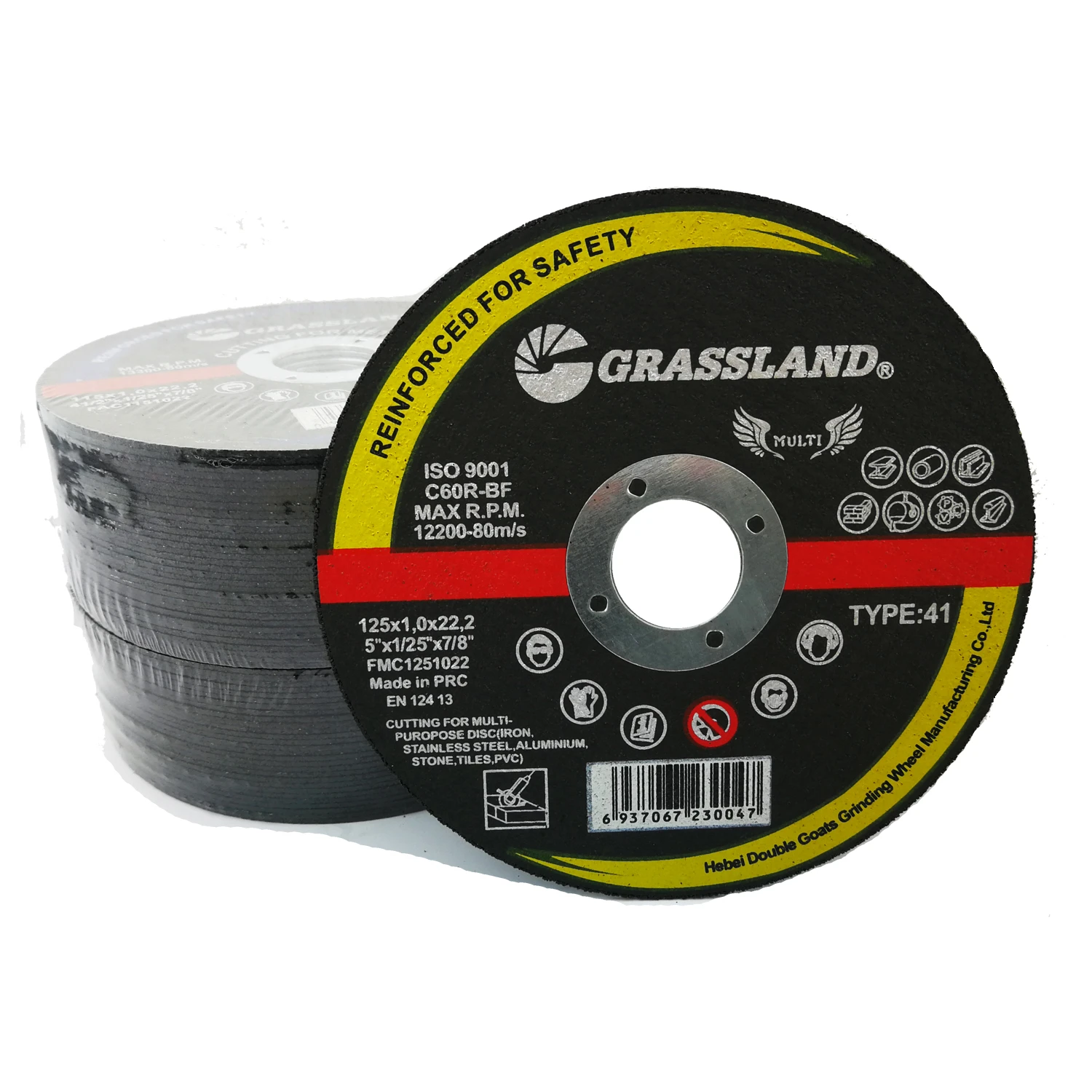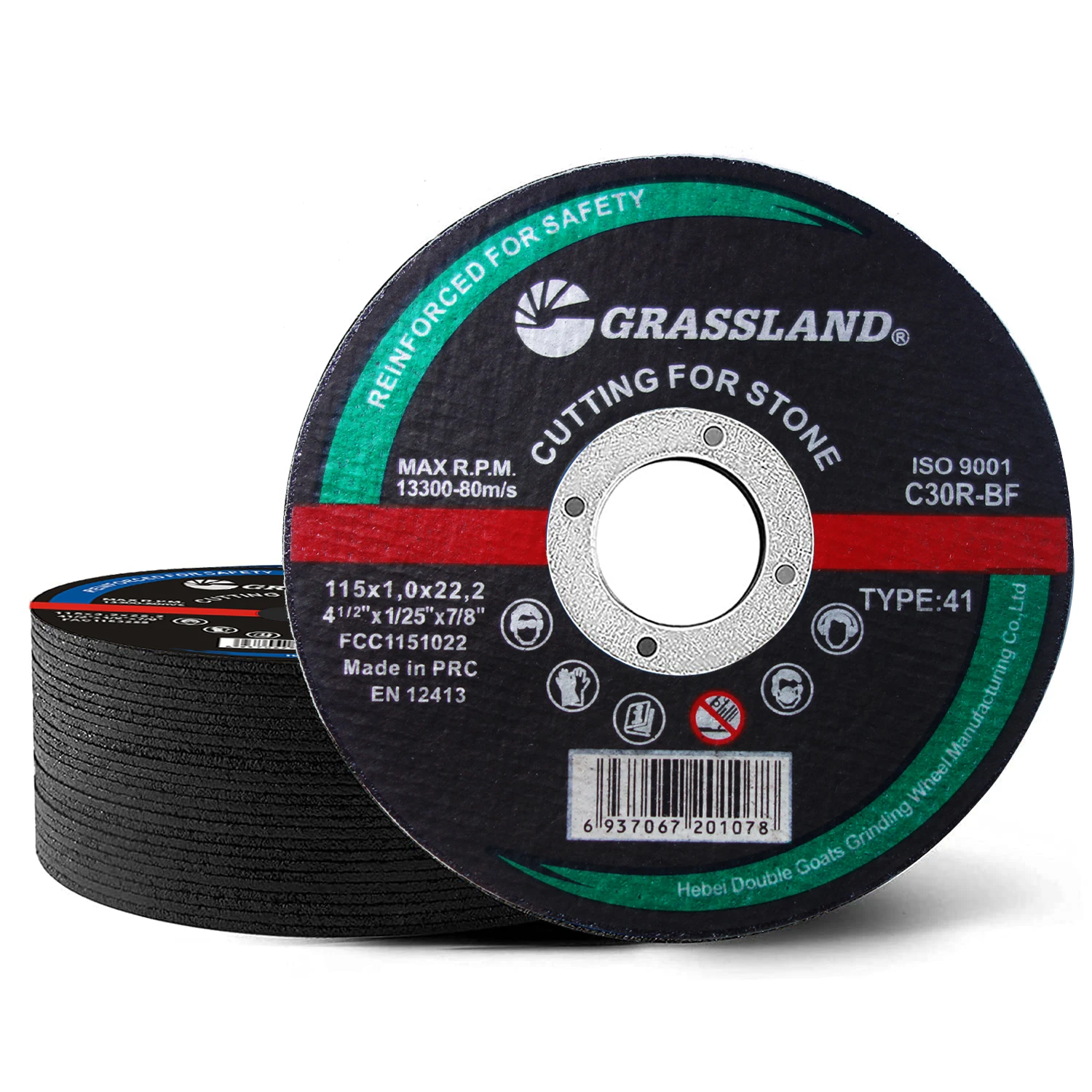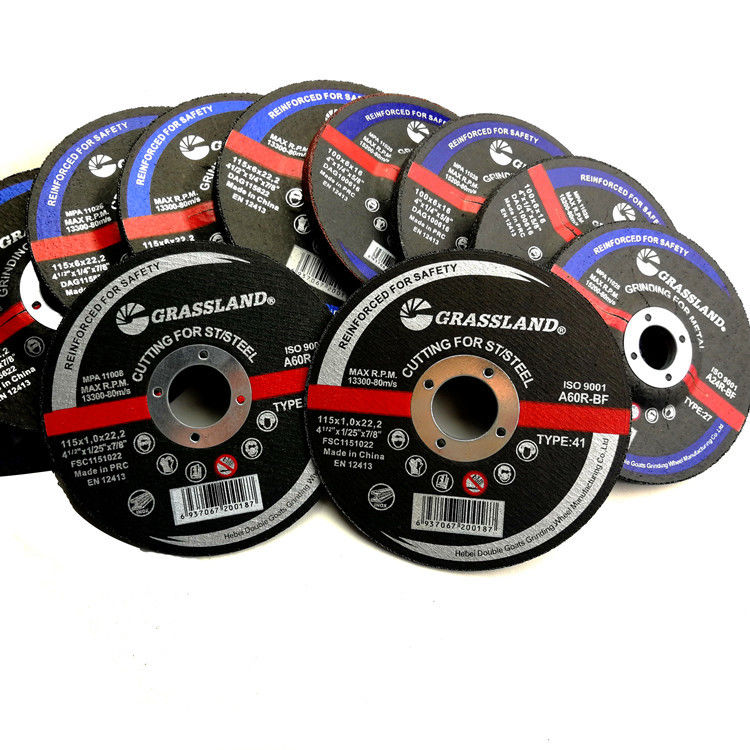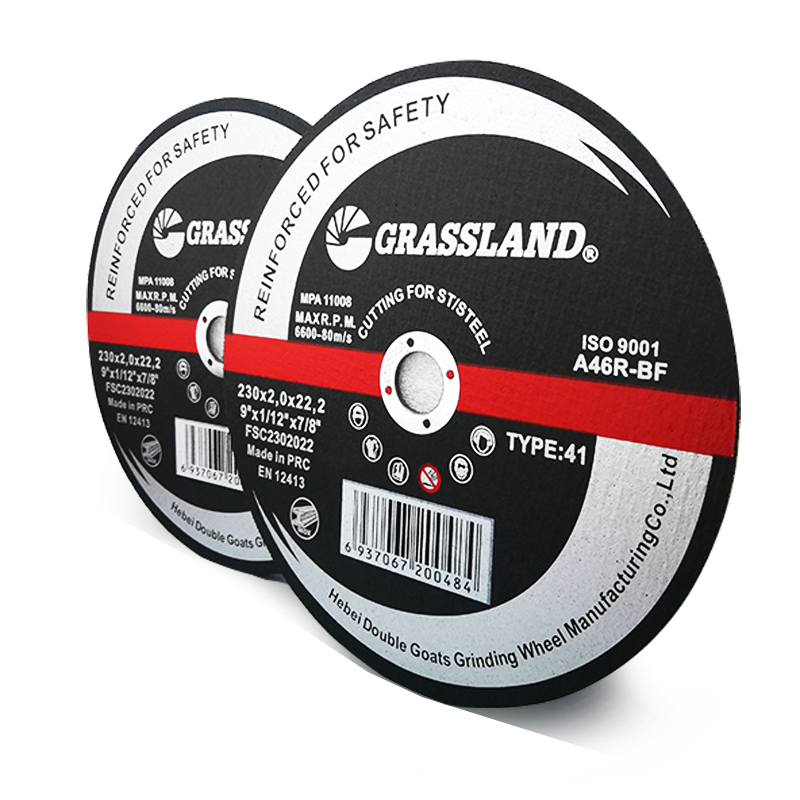- Introduction to Flap Wheels: Key Applications & Benefits
- Technical Advantages of 80 Grit Flap Wheels
- Manufacturer Comparison: Performance Metrics
- Custom Solutions for Industrial Needs
- Case Study: Surface Finishing in Automotive Manufacturing
- Selecting the Right Grit for Specific Materials
- Future Trends in Abrasive Tool Innovation
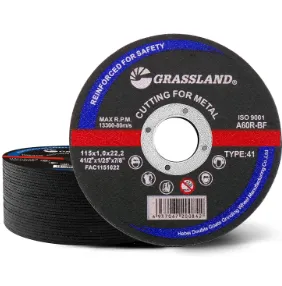
(80 grit flap wheel)
Why 80 Grit Flap Wheels Dominate Heavy-Duty Grinding
Flap wheels, particularly the 80 grit flap wheel
, have become indispensable in metalworking and woodworking industries. Designed for aggressive material removal, these tools balance speed and precision, achieving up to 30% faster stock removal compared to traditional grinding discs. Industries ranging from aerospace to automotive rely on 80-grit models for deburring welds, smoothing castings, and preparing surfaces for coatings. The unique overlapping abrasive flaps reduce heat buildup, extending tool life by 40-50% versus rigid discs.
Technical Advantages of 80 Grit Flap Wheels
Advanced zirconia alumina abrasives in 80-grit configurations deliver 15% higher cut rates than silicon carbide alternatives. The staggered flap design ensures consistent contact pressure, minimizing surface gouging. Third-party testing shows:
- Average lifespan: 18-22 hours under continuous use
- Optimal RPM range: 6,500-12,000
- Material removal rate: 0.8-1.2 mm³/s on mild steel
Manufacturer Comparison: Performance Metrics
| Brand | Price ($) | Cut Rate (mm³/s) | Avg. Lifespan (hrs) | Max RPM |
|---|---|---|---|---|
| 3M Cubitron II | 28.50 | 1.15 | 23.5 | 13,200 |
| Norton Blaze | 24.80 | 0.92 | 19.1 | 12,500 |
| Walter FlexCut | 21.90 | 0.85 | 17.8 | 11,800 |
Custom Solutions for Industrial Needs
Specialized manufacturers now offer tailored flap wheel configurations. A marine equipment producer reduced polishing time by 65% using custom 220-grit wheels with waterproof bonding agents. Common customization options include:
- Non-standard diameters (50-300 mm)
- Hybrid grit sequences (60-80-120 progressive layers)
- High-temperature resins for stainless steel applications
Case Study: Surface Finishing in Automotive Manufacturing
A Tier 1 auto parts supplier achieved 0.8 µm Ra surface finish consistency using 220 grit flap wheels for brake rotor finishing. The switch from manual polishing to automated flap wheel systems reduced labor costs by $18,000/month while increasing throughput by 200 rotors/day.
Selecting the Right Grit for Specific Materials
Grit selection directly impacts finish quality and tool longevity. Recommended applications:
- 60 grit: Weld removal on structural steel
- 80 grit: General-purpose metal blending
- 220 grit: Pre-paint surface preparation
How 800 Grit Flap Wheels Are Redefining Precision Work
While 80 grit models handle heavy material removal, 800 grit flap wheels now enable mirror finishes on titanium medical instruments. Recent advancements in micro-abrasive technology allow these ultra-fine wheels to maintain cutting efficiency 35% longer than traditional polishing systems, proving that flap wheel innovation continues across the entire grit spectrum.
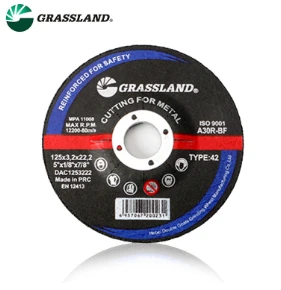
(80 grit flap wheel)
FAQS on 80 grit flap wheel
Q: What is the primary use of an 80 grit flap wheel?
A: An 80 grit flap wheel is ideal for aggressive material removal and heavy stock grinding on metals, wood, or composites. It balances speed and surface finish for mid-stage smoothing.
Q: When should I choose an 800 grit flap wheel over a lower grit?
A: Use an 800 grit flap wheel for fine finishing, polishing, or preparing surfaces for painting. It creates a smooth finish compared to coarser grits like 60 or 80.
Q: Can a flap wheel 60 grit be used for woodworking?
A: Yes, a 60 grit flap wheel works well for rapid shaping and edge blending on wood. Avoid excessive pressure to prevent gouging softer materials.
Q: Is a flap wheel 220 grit suitable for metal surfaces?
A: Yes, a 220 grit flap wheel effectively removes light scratches and prepares metal surfaces for coatings. It provides finer abrasion than 80 grit but less aggressive than 60 grit.
Q: What safety precautions apply to all grit flap wheels?
A: Always wear eye protection, secure the workpiece, and check RPM ratings. Coarser grits (like 60/80) generate more heat—avoid prolonged contact to prevent material damage.
Post time:May - 24 - 2025






